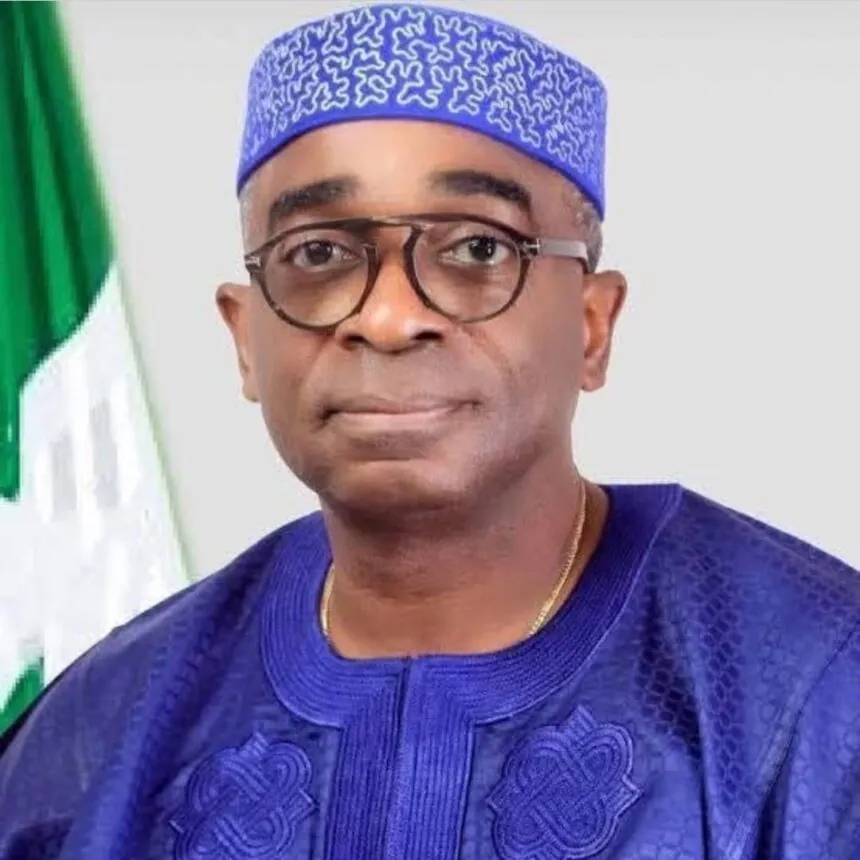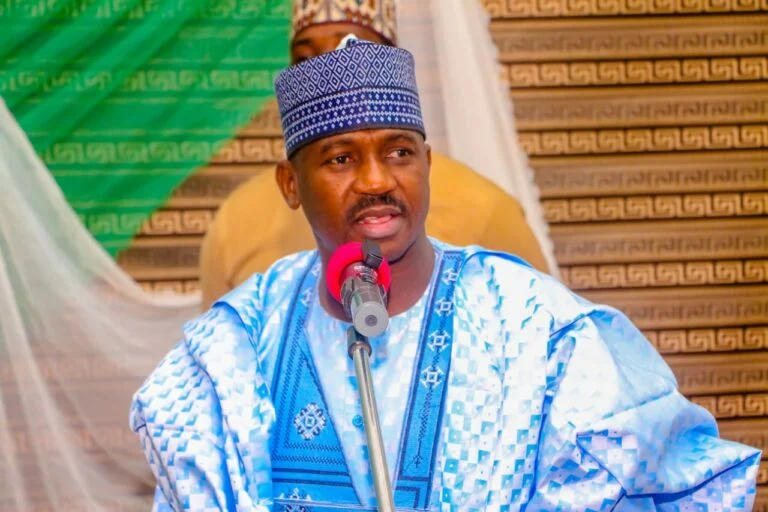BY MOURAD WAHBA
April 3, 2023 will mark the 75th anniversary of the European Reconstruction Plan, which history has memorialised as the Marshall Plan.
Despite its singular place in international development history — having orchestrated the economic rebuilding of post-World War II Europe — the legacy of the Marshall Plan has operated more as aspirational metaphor than policy prescriptive.
What defines this metaphor is the notion that bold, committed, and commensurate intervention can spur generational change through transformative development. To this day, practically every generational challenge has spurred a Marshall Plan call to action, from income inequality and women’s economic empowerment to energy transformation and climate change. But what about the poorest?
What about those communities, businesses and geographies that are at greatest risk of being left behind.The 5th Conference on the Least Developed Countries (LDC5), which is being hosted by Qatar, has gathered leaders from the multilateral, public and private sectors to raise resources and cement partnerships to fully implement the Doha Programme of Action — the UN action plan representing a new generation of renewed and strengthened commitments grounded in bringing about sustainable development for the 46 least developed countries (LDCs).
If any high-level convening warrants a clear-eyed, technical assessment of the Marshall Plan, it’s the LDC5, especially to unearth an important, if overlooked, lesson.From the standpoint of policy, the dominant perception of the Marshall Plan is that of a massive aid programme that relied on grant financing.
While this is true, it also reflects a historical oversight: the strategy of pursuing private investment to finance Europe’s economic development. Investment guarantees were leveraged to incentivise American investors and businesses towards financing European development projects, with guarantee coverage encompassing both investments and investment earnings up to 175% according to the Congressional Research Service.
The disbursed and authorised guarantees made up a small portion of the multi-billion dollar Marshall Plan, amounting to $31mn and $200mn respectively. Nevertheless, this would represent nearly $342mn disbursed and nearly $2.5bn authorised in today’s dollars.Fast forward to today. Ground zero for global development is no longer post-war Europe but, rather, the LDCs.
Yet the commitment to encourage private finance in support of economic development is a clear thread that extends from 1948 to today. In fact, encouraging private finance is profoundly more important now than it was 75 years ago.At a fundamental level, the financing gap to achieve sustainable development in the LDCs cannot be entirely closed through foreign aid or official development assistance (ODA) from central governments.
The UN Conference on Trade and Development calculated the cost of realising three sustainable development scenarios for the LDCs — achieving 7% annual growth; ending extreme poverty; and an array of goals entailing health, education, biodiversity, and social protection.
All three scenarios would require annual expenditures ranging from approximately $413bn to $485bn. Nevertheless, if all $179bn in disbursed ODA from 2021 went solely to the LDCs to finance each individual scenario, there would still be shortfalls of at least $230+bn.Private finance is not only necessary to fill this shortfall but quite capable of doing so, especially considering that global private equity alone hovers at nearly $2tn.
The criticality of private financing is that much more acute when considering the reality of “pressured ODA,” as the pursuit of sustainable development for the LDCs competes with compelling national interests for public funding: curbing national debt, addressing the consequences of global conflict, and confronting the persistent challenges spurred by C-19.
But as the US government demonstrated 75 years ago, the public sector can still play an essential role in unlocking private capital to finance economic development for the world’s least developed countries. Besides guaranteeing capital investment and potential losses for investors, they can provide loans at concessional rates to help small businesses become capital-ready for commercial investment, deploy “first-loss” capital into development projects to shield commercial investors from early losses, and finance the creation of digital infrastructure so future commercial investors can deploy capital in markets lacking physical banks.
The United Nations also has a role to play. As the UN’s catalytic finance entity for the LDCs, UNCDF will work with the public and private sector to innovate business models and pilot capital instruments involving loans, guarantees, equity, and fintech among other measures to unlock finance towards projects that can scale sustainable development.
Looking to the LDC5 and beyond, UNCDF is ready to help make sure we achieve the signal promise of sustainable development — to leave no one behind.The staying power of the Marshall Plan metaphor has always been hope.
Hope that transformational development is well within our grasp. We as the international community have the chance to erect our own aspirational metaphor, expanding the reach of sustainable development in the process. I am confident that we will embrace it.
• Mourad Wahba is Officer-in-Charge of the UN Capital Development Fund and served previously as Acting Associate Administrator for the UN Development Programme (UNDP).



